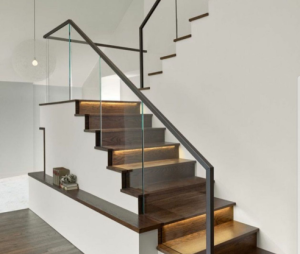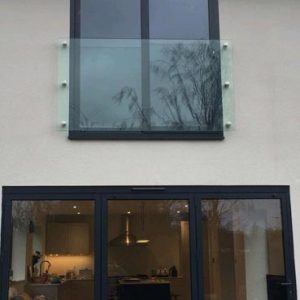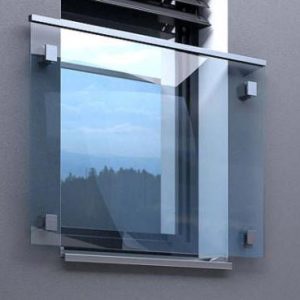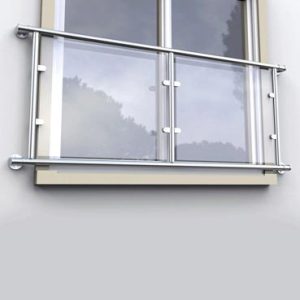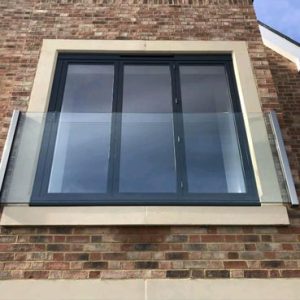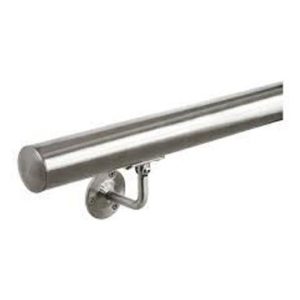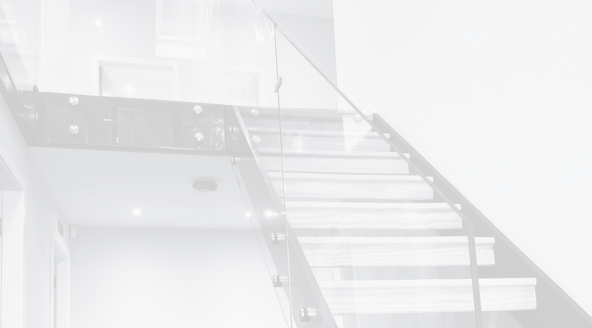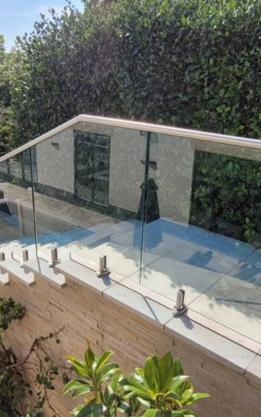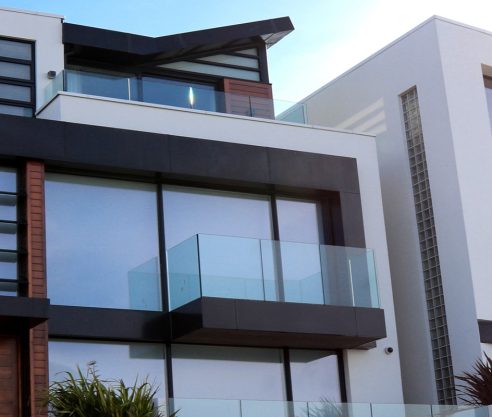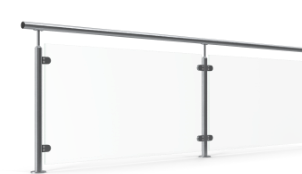YOU FIND WHAT YOU NEED, RIGHT HERE!
At SHP, we offer a wide range of high-quality parts, fixtures, and fittings that allow you to construct a stunning and secure balustrade and handrail system. Whether you’re a DIY enthusiast or a professional contractor, our products are designed to meet your needs with style and durability.
Transform your space with our premium stainless steel glass balustrade components.
Frameless Glass Balustrade Systems
Balustrade Glass Panels
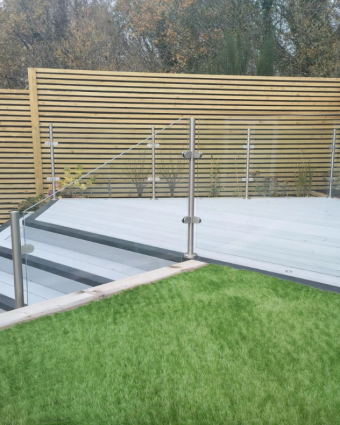
Decking Glass Balustrade Kits
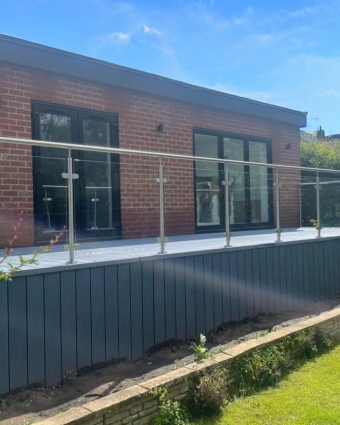
Glass Balustrade Post System
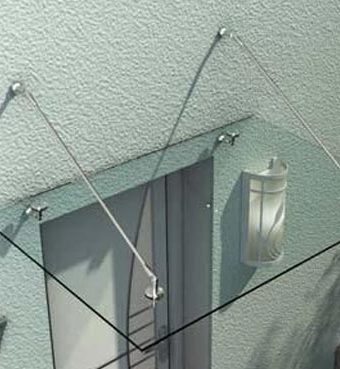
Glass Door Canopy
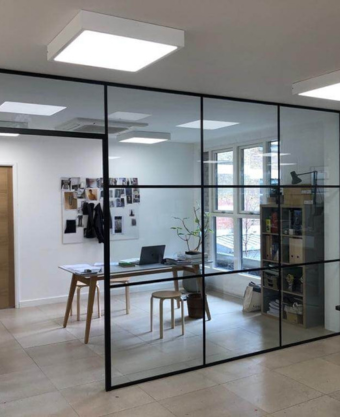
Glass Doors & Partitions
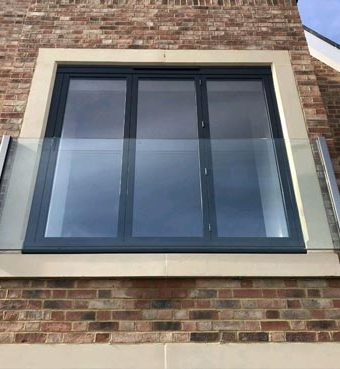
Glass Juliet Balcony
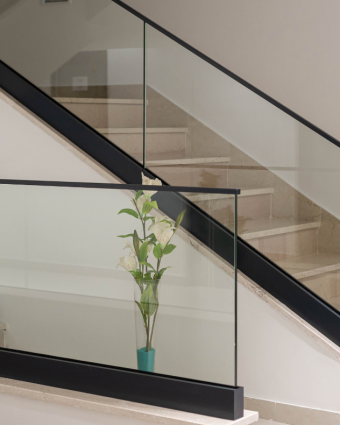
Internal Balustrades
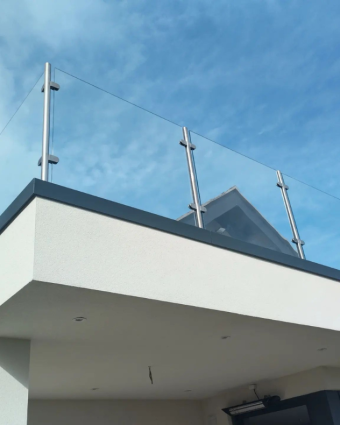
Semi-Frameless Glass Balustrade
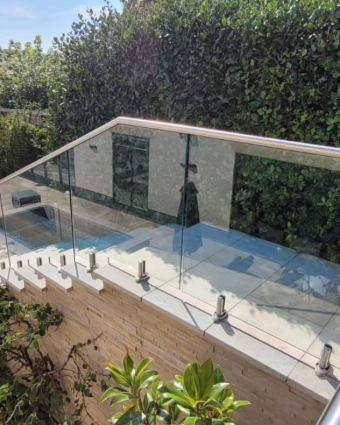
Spigot Balustrade
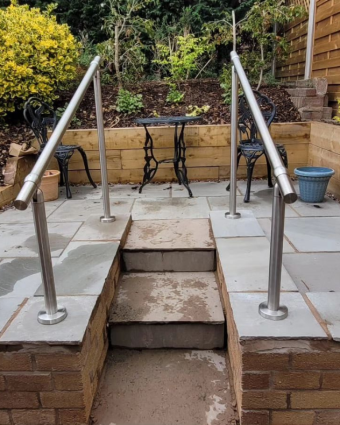
Stainless Handrail Kits
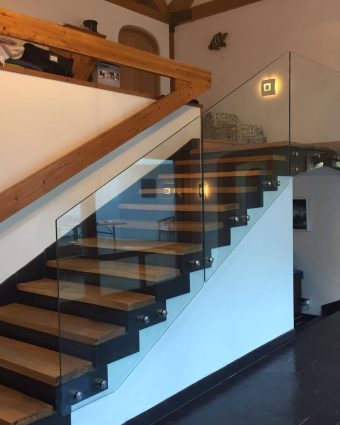
Staircase Balustrades
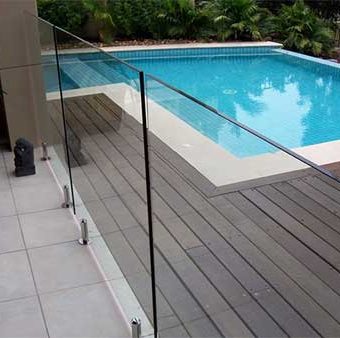
Swimming Pool Balustrades
DESIGN. CREATE. WOW.
Get your quote now
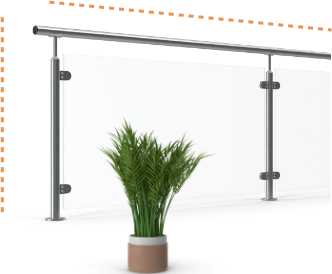
WHY CHOOSE US

TECHNICAL ASSISTANCE
At Steel Glass UK Ltd our team of specialists have over 20 years’ experience in the Architectural metalwork and Glazing Industry. We strive to achieve customer satisfaction with every order. We offer free unrivaled technical advice on our balustrade systems.

BESPOKE DESIGN
Let us take the stress out of the trying to source your glass balustrade or Juliet balcony system. We have 3d CAD software which can plan your project. Whether it is a small domestic job or large commercial we want to hear from you.

FABRICATION
If you need your Stainless Steel Handrail or Frameless Balustrade channel cut to size, then can help. We have invested in the latest machinery to ensure we can deliver cut to length and pre drilled products, this allows us to supply you a ready to install kit.

Your questions answered
Whether it’s for residential or commercial purposes, our ambition is to offer the most reliable and safest systems and fixings for your venture.
Contact usGetting your shopping list right from the start saves you headaches later. For a basic glass balustrade setup, you’ll need base plates and fixing bolts to secure your posts, glass clamps or channels to hold the panels, handrail brackets if you’re adding a top rail, and end caps to finish everything off neatly.
The exact components depend on your specific setup – frameless systems need different clamps than post-and-rail systems. If you’re going between posts, you’ll want continuous glass channels. For a spigot system, you’ll need the glass clamps that grip from below. Don’t forget the small stuff either – rubber gaskets, cover caps, and the right grade bolts make all the difference between a professional finish and something that looks DIY.
Most people underestimate how many fixings they actually need. A good rule of thumb is to have spares on hand because there’s nothing worse than being one bolt short when you’re halfway through installation.
This is where a lot of DIY projects go wrong – using the same fixings for everything. Concrete and masonry need heavy-duty anchor bolts or chemical anchors, especially for structural loads. You’re looking at M12 or M16 bolts minimum for most balustrade posts.
Timber decking is trickier because you need to hit the joists, not just the boards. Coach bolts work well here, but make sure you’re going through to solid timber underneath. Steel surfaces are actually the easiest – you can weld base plates directly or use high-tensile bolts through pre-drilled holes.
The key thing is matching your fixing strength to the loads you’re dealing with. A balustrade takes sideways pressure from people leaning on it, plus wind loads if it’s outside. Skimping on fixings is a false economy that could end badly. When in doubt, go bigger rather than smaller – your insurance company will thank you.
Building regs are pretty clear on this – your balustrade needs to handle a horizontal load of 0.74kN per linear metre. In plain English, that means it won’t buckle when someone leans against it properly.
For glass panels, you typically want posts every 1.5 to 2 metres maximum. Go longer and you’re asking for trouble with wind loads and deflection. The glass itself can handle quite a bit, but it’s the fixings that usually give way first.
Post height depends on where you’re installing. Most residential applications need 1100mm minimum, but check your local building control because they sometimes want higher, especially around stairs or raised areas. Commercial jobs often need 1200mm or more.
Here’s something most people miss – corner posts take extra stress because they’re supporting glass panels in two directions. You might need beefier fixings or closer spacing at corners. It’s worth getting this bit right because corners are where failures usually start.
The big one is height – your finished balustrade needs to be at least 1100mm high for most residential applications. That’s measured from the floor level, not from where your base plate sits.
You’ll need structural calculations if you’re doing anything fancy or if building control asks for them. This usually happens with longer spans or unusual installations. The glass itself needs to be toughened safety glass, minimum 10mm thick for most applications, though 12mm is becoming more common.
All your fixings need to be appropriate for the loads they’re carrying. Building control won’t accept random bolts from the hardware store – they want to see proper specifications and load ratings. Keep your receipts and certificates because they might ask to see them.
The infill requirements are important too – you can’t have gaps bigger than 100mm anywhere that a child might get through. This affects your glass panel sizing and how you detail around posts and corners.
Start with measuring your total run length, then work backwards from there. Each post needs a base plate, typically 4-6 fixing bolts, and whatever top connection you’re using for the handrail.
For glass panels, measure each opening separately because they’re rarely exactly the same size. Each panel needs clamps or channel fixings – usually 2-4 clamps per panel depending on size and wind exposure.
Don’t forget the finishing touches. End caps, cover plates, and gaskets might seem minor but they’re what make the difference between a professional job and something that looks homemade. Order 10% extra of the small stuff because it’s easy to drop a bolt or strip a thread.
Here’s a pro tip – sketch out your installation first, even if it’s just a rough drawing. Mark where each component goes and count them up. It’s much easier to spot what you’ve missed when it’s on paper rather than when you’re standing there with tools in hand.
Most residential jobs use 10mm or 12mm toughened glass, and your clamps need to match exactly. There’s no adjustability here – 10mm clamps won’t work with 12mm glass, and vice versa.
Laminated glass is becoming more popular, especially for commercial work, because it stays together if it breaks. It’s usually thicker though – 13.5mm is common – so make sure your components can handle the extra thickness.
The type of edge finish on your glass affects which clamps you can use too. Polished edges look better but some clamp designs work better with ground edges. If you’re ordering glass and components separately, make sure they’re compatible before you commit.
For curved installations, you’ll need special clamps that can handle the angle changes. Standard clamps assume the glass is perfectly vertical, which isn’t always the case with curved or angled installations.
Wobbly posts are usually down to inadequate fixings or poor substrate preparation. If your concrete is crumbly or your timber joists are undersized, no amount of fancy components will help. Sometimes you need to beef up the structure before you can fit the balustrade.
Uneven surfaces are a nightmare, but adjustable base plates can save the day. They let you level everything up without having to cut posts to different lengths. Much easier than trying to pack everything with washers.
Glass panels that don’t fit properly usually mean your measurements were off or the structure has moved. Keep some adjustment in your clamp positions if possible – it’s much easier than ordering new glass.
Water getting into fixings is a long-term problem that’ll cause corrosion. Use proper sealants around base plates and make sure any drainage holes aren’t blocked. Stainless steel components help, but they’re not magic – water will still cause problems if it can’t get away.
Structural fixings are the ones doing the real work – holding your posts down and keeping everything stable when someone leans on it. These need proper load calculations and usually require building control approval for anything significant.
Non-structural fixings are more about keeping things tidy and looking good. Handrail brackets, end caps, and cover plates fall into this category. They’re still important for the finished appearance, but they’re not critical for safety.
The confusion usually comes with glass clamps. Some are purely decorative – the glass is actually held by a structural frame behind. Others are doing the structural work themselves. Make sure you know which type you’re dealing with because the installation requirements are completely different.
When in doubt, treat everything as structural. It’s better to over-engineer than to have something fail later. Your building control officer will appreciate the conservative approach, and you’ll sleep better knowing everything is properly secured.
TRUSTED BY ALL
The UK’s #No1 Balustrade and Balcony Specialists
Whether it’s on the inside or the outside of your premises, our main aspiration is to help you create an experience that’s both stunning and memorable. Having a network of approved installers also means that we're able to offer a supply and installation service. So, if you'd like your new system to be installed, just let us know! See more

